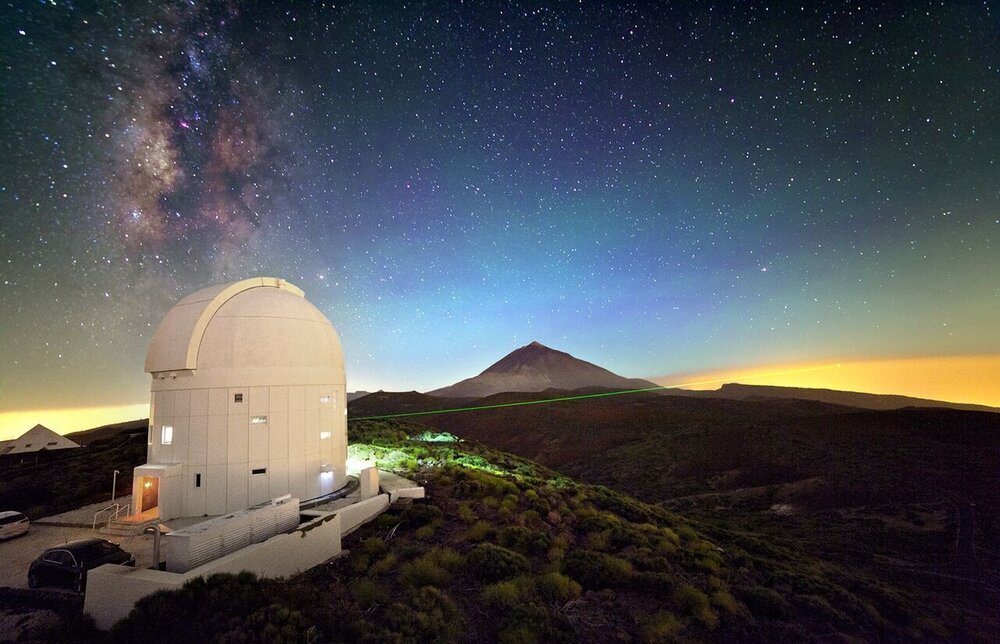Some $1m allocated for national observatory

TEHRAN – A total of 390 billion rials (about $1 million) has been earmarked by the national budget bill for the next Iranian calendar year for the Iranian National Observatory project.
The next year’s proposed budget has increased by 90 billion rials compared with the budget for the current year, ISNA reported.
From 2007 to 2021, a sum of 690 billion rials was allocated for the project.
In June 2021, the Iranian National Observatory (INO), which is said to kick off a big movement in the area of astronomy in the country, was inaugurated near the city of Kashan, central Isfahan province.
The project places Iran among the ten countries in the world capable of manufacturing observatories.
INO has been built on Gargash peak at an altitude of 3600m above sea level.
The main activities of the national observatory include designing, constructing, monitoring, and operating the 3.4-meter INO340 telescope, its instruments, and infrastructures. The range of instruments initially planned for the telescope includes a wave-front sensor, auto-guider, imaging CCDs, and a high-resolution spectrograph.
The INO340 telescope is a Ritchey-Chrétien f/11 which provides unvignetted 20 arcmin field of view at the main Cassegrain focus. In addition, 3 bent focuses are also provided each with a field of view of 8 arcmins. The primary mirror is meniscus shaped and the secondary mirror is convex and together they form a well-corrected focus.
The main mirror (M1) is a single-segment fast f/1.5 mirror with a diameter of 3.4m, which makes IN340 one of the most compact telescopes of this size. M1 is a meniscus shape 18 cm thick made of a Zerudor ceramic with a 700mm central hole. The M1 is supported by 60 actuators that are actively or passively controlled to keep the mirror shape undistorted under its own gravity at different points.
INO is a national project and has been envisioned to become an international scientific platform for astronomy in the future. Therefore, educating the general public and especially the younger generation about the basics of astronomy is another important step ahead of the INO project.
An important focus of these activities is the residents close to the area around the INO site whose lifestyles can directly affect the workflow of the INO observatory. So far, about 1,400 students from 22 schools in towns and villages close to the Gargash site have been educated about the basics of astronomy and the effects of light pollution on the INO observatory. Furthermore, the project is using social media to engage the general public with the project.
MG

Leave a Comment